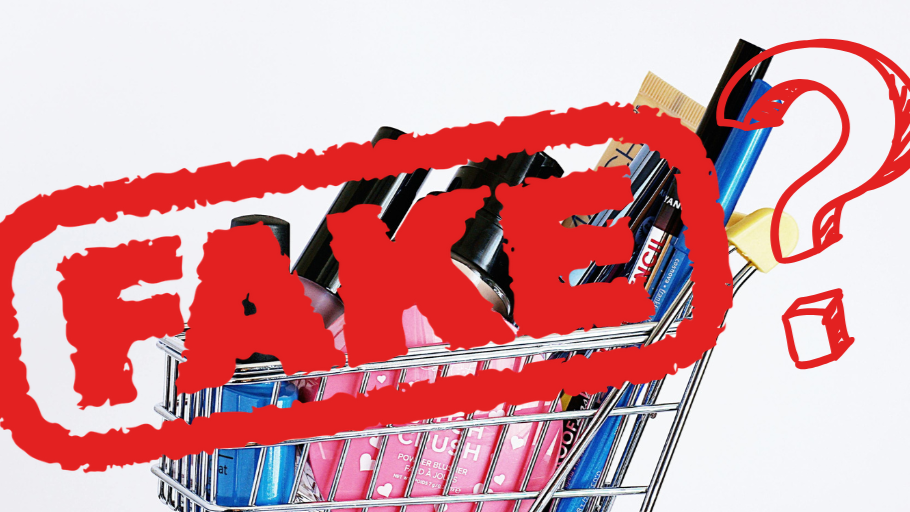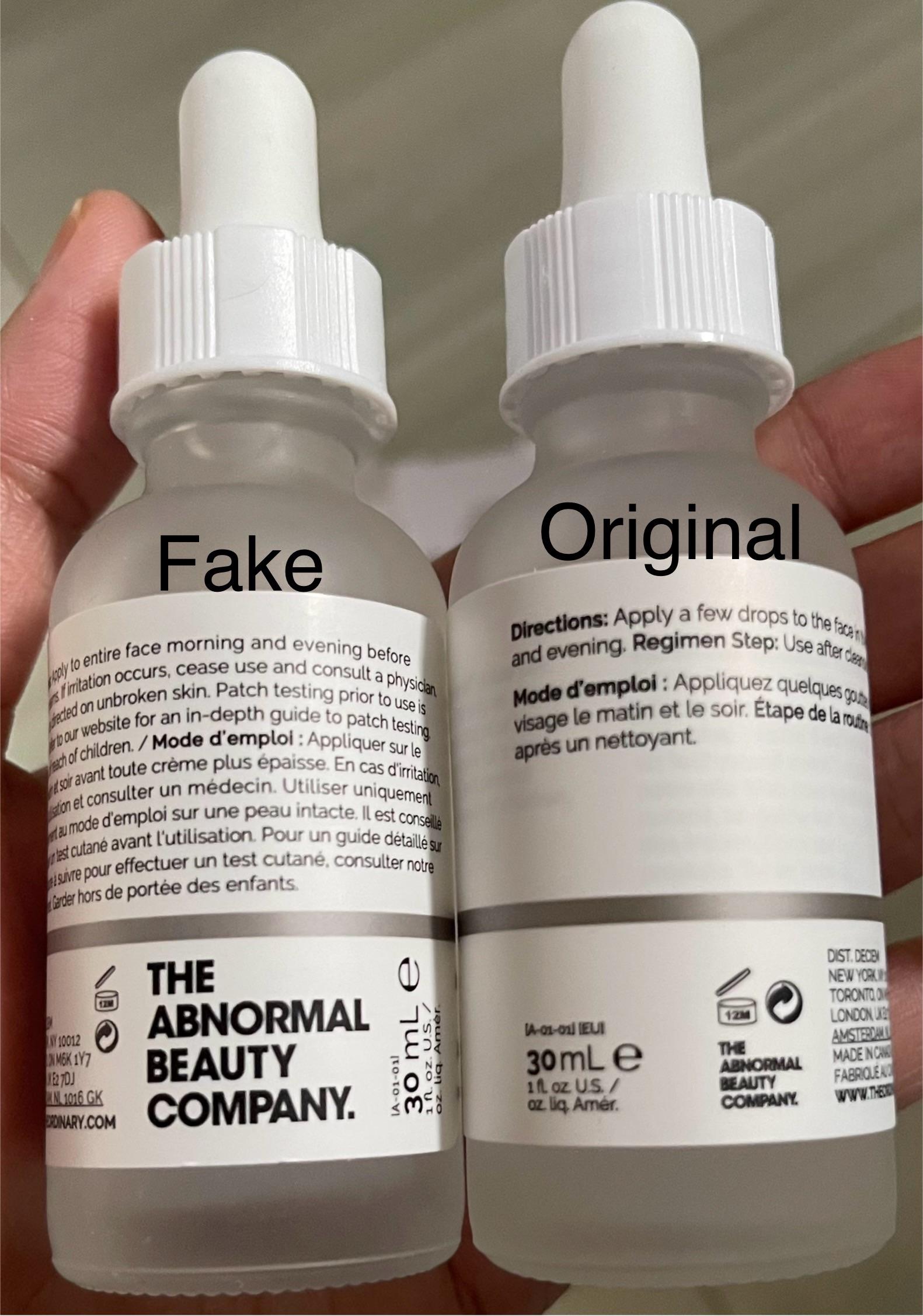


Date: 05 Nov 2025
In today’s fast-growing beauty market, counterfeit products are everywhere—and many of them look so real that it’s hard to tell the difference. Whether it’s skincare, makeup, or even haircare, fake products can easily sneak into your routine, costing you money and potentially putting your skin at risk.
That’s why it’s so important to know how to spot the difference between genuine and counterfeit items. By learning a few simple tricks, you can protect both your health and your wallet—and enjoy your beauty products with total confidence.
Counterfeit beauty products are more than just cheap copies—they are dangerous imposters. Unlike genuine items, they are often made in unregulated environments using low-quality or toxic ingredients such as mercury, lead, and harmful preservatives. These ingredients can trigger allergic reactions, infections, or long-term skin damage.
Moreover, counterfeit goods negatively affect legitimate businesses and the economy by undermining trust in established brands. Every time a consumer buys a fake item, it encourages the black market and discourages innovation from authentic manufacturers. Therefore, learning how to identify real products is crucial not just for your safety but also for supporting ethical trade and brand integrity.

Spotting a counterfeit item can be tricky, but there are consistent clues that help you stay alert:
If a product is priced dramatically lower than what’s listed on the official brand website or recognized retailers, that’s an immediate red flag. Authentic products rarely have extreme discounts outside official promotions or clearance sales.
Counterfeit products often come in packaging that looks “off.” The box or label may have spelling mistakes, uneven fonts, blurry logos, or missing safety seals. Check for differences in color shade, texture, or brand holograms. Authentic brands maintain consistent design and labeling standards.
Fake cosmetics tend to have strange or overly strong odors due to the use of cheap chemicals. Similarly, their texture may feel oily, grainy, or inconsistent compared to genuine products. Always test a small patch on your skin if in doubt.
Legitimate beauty items always include batch codes, manufacturing, and expiry dates printed clearly on the packaging. If these are missing or look tampered with, the product may not be authentic.
Buying from social media sellers or unfamiliar online stores increases your risk of ending up with counterfeit goods. Always cross-check the seller’s credentials, reviews, and product authenticity guarantees before purchasing.
The best defense against counterfeit beauty items is buying from verified and reputable retailers. Here are trusted sources to consider:
Pharmily is one of Kenya’s most reliable online health and beauty retailers. They stock 100% authentic beauty, skincare, and wellness products directly from licensed distributors and brands.
With clear labeling, verified certifications, and fast delivery, Pharmily ensures customers receive genuine products every time. Their commitment to safety and transparency makes them a top choice for Kenyan shoppers seeking both affordability and quality.
Whenever possible, buy directly from a brand’s official website (e.g., L’Oréal, The Ordinary, or Neutrogena). These sites guarantee authenticity and sometimes offer free samples or promotions unavailable elsewhere.
Large pharmacy chains such as Goodlife Pharmacy and HealthPlus carry certified skincare and cosmetic brands. They adhere to national health standards, giving buyers confidence in every purchase.
Websites like Jumia Mall (the verified section of Jumia) have a “Genuine Product” badge indicating authenticity. Always ensure the seller is marked as an “official store” to avoid imitation products.
At Pharmily, authenticity meets convenience. Every product sold undergoes quality checks and is sourced only from licensed manufacturers and authorized distributors. The platform’s user-friendly interface, secure payment system, and excellent customer service make it a favorite among Kenyan shoppers. Pharmily also offers exclusive product bundles, periodic discounts, and wellness advice, making your shopping experience both safe and rewarding.
Protecting yourself from counterfeit products starts with awareness and smart shopping. Always take time to inspect packaging, verify sellers, and purchase from trusted sources like Pharmily and other verified online retailers. Remember—authentic products are not only more effective but also safer for your skin and wellbeing.
By being vigilant and informed, we can collectively reduce the spread of fake beauty products and promote a healthier, more transparent beauty industry.
1. How can I verify a product’s authenticity online?
Check for a serial number or QR code on the packaging and verify it on the brand’s official website. You can also compare images of the real product packaging with yours for differences.
2. What should I do if I buy a fake product by mistake?
Stop using it immediately, contact the seller for a refund, and report the incident to local consumer protection authorities or the brand’s customer service team.
3. Are counterfeit products harmful to the skin?
Yes. Most fakes contain unregulated, unsafe chemicals that may cause skin irritation, rashes, infections, or long-term damage.
4. Why do counterfeit products exist?
They are produced to exploit brand popularity and attract buyers looking for cheaper deals. The demand for low-cost beauty items fuels this illegal market.